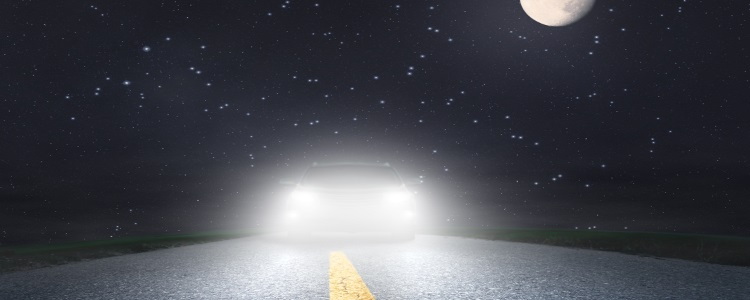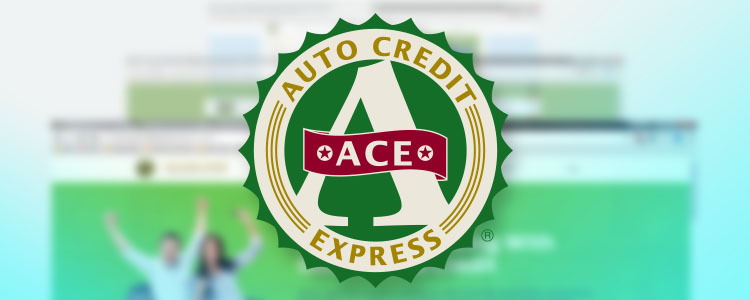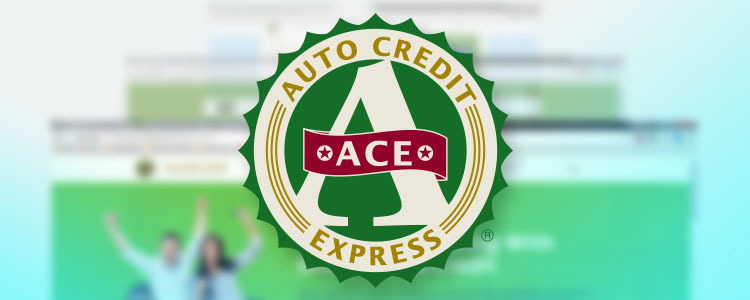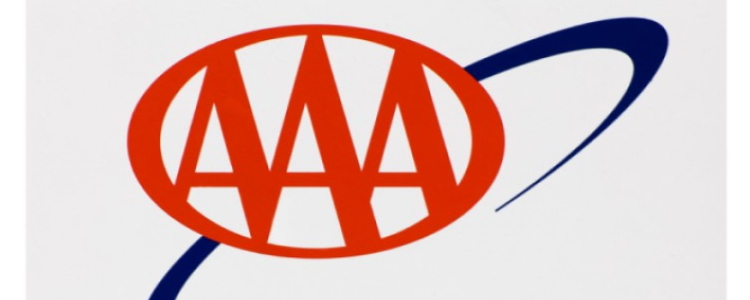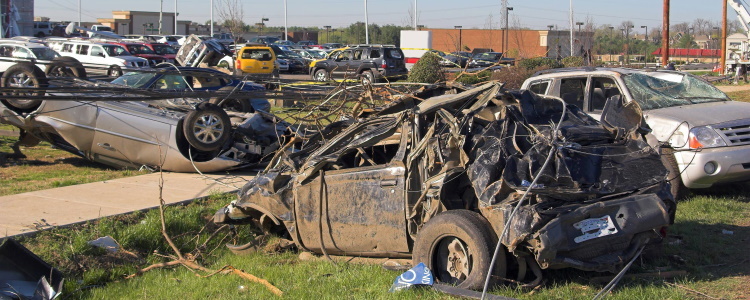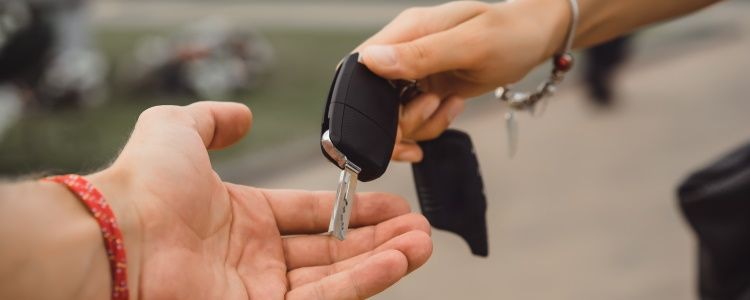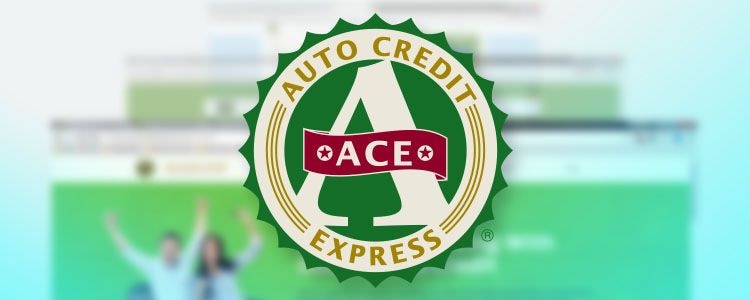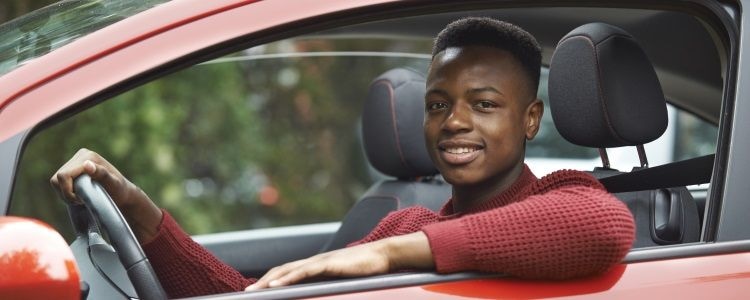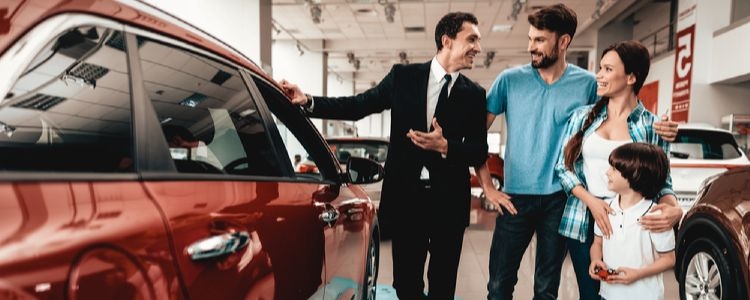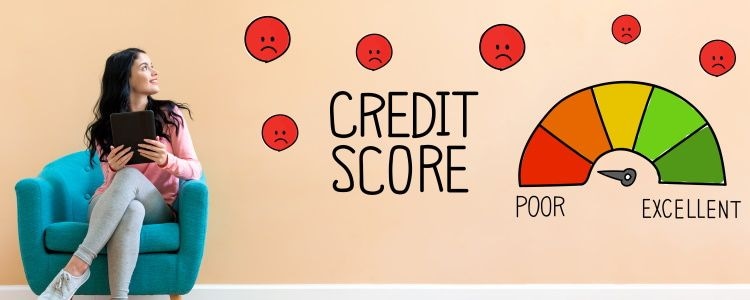Deer mating season peaks in the late fall, so it's no surprise to learn that vehicle damage from hitting an animal is more than 3.5 times as common in November as in August (when insurance claims are the lowest). Deer-vehicle collisions are dangerous. You need to be more wary of our furry friends when on the road at this time of year or you could injure your car, yourself, or worse.
The Prevalence of Deer-Vehicle Collisions
November is the peak month for collisions between vehicles and deer. Deer mating season in North America runs from late October until early December. To put it bluntly, male deer are so focused on finding mates that they roam far and wide and aren't exactly making an effort to look both ways before crossing the road.
According to the National Highway Traffic Safety Administration (NHTSA), there are more than one million car accidents with deer each year. These accidents:
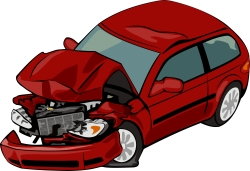
- Kill as many as 200 Americans
- Cause more than 10,000 personal injuries
- Result in more than $1 billion in vehicle damage
191 people died in the U.S. as a result of collisions with animals in 2013, according to the Insurance Institute for Highway Safety (IIHS). Even if you walk away from an animal collision unharmed, your vehicle could be damaged or totaled. Worse yet, if you file a claim for damage from an animal collision, your insurance provider may end up raising your premium in some states.
Data from insurance provider State Farm indicates that U.S. drivers have a 1 in 169 chance of filing a claim from hitting a deer, elk or moose at any time in the year. Those odds more than double during deer mating season.
More than ever, November is the time to exercise extreme caution when on the roads.
How to Avoid Deer-Vehicle Collisions
While deer are unpredictable, there are driving habits you can implement to help you avoid deer-vehicle collisions.
- Drive More Attentively in Problem Areas
There is a reason for those deer crossing signs on roads in particular areas. In these spots, it's best to drive slower and pay closer attention to the road ahead than you normally would. Remember, if you see one deer, there are likely others nearby because they travel in packs. - Beware at Dawn and Dusk
Sunset to midnight and the hours shortly before and after the sunrise are the highest risk times for deer-vehicle collisions. These are also the times when your visibility is the most compromised, so make sure you are being especially vigilant during these hours. - Your Car Is Your Friend
First and foremost, always wear your seatbelt to reduce the chance of injury in the event that you do hit a deer. Drive with your high beams on when it's dark and there isn't traffic around; they make it easier to illuminate the eyes of deer on or near the road. And if you see any, you can try to frighten them away by honking your horn. - Do Not Swerve
If you see any deer on or near the road, brake firmly but stay in your lane. Never swerve just to avoid a deer, you could hit another vehicle or leave the roadway, which could cause even more damage.
If you do end up hitting a deer, make sure that you get your vehicle to a safe place on the side of the road. Alert the authorities if the deer is blocking traffic or has caused property damage, but make sure that you stay away from the animal at all costs. If your vehicle appears unsafe to drive, call for a tow, document the incident with photographs, and get in contact with your insurance provider as soon as possible.
Getting Your Next Vehicle
If your vehicle is no longer safe to drive but you have damaged credit, you need somebody that can help you get an auto loan. Auto Credit Express can help you find affordable financing through our network of special finance car dealers. All you need to do to start the process is fill out our secure and obligation-free auto loan application.


